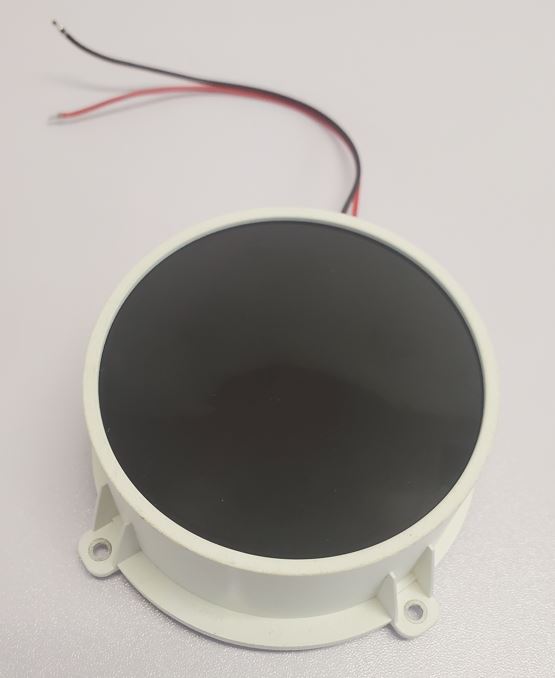Multispectral and hyperspectral imaging are technologies used to enhance the performance of conventional machine vision instruments that monitor light across multiple wavelengths. Multispectral lighting can provide the range of spectral wavelengths needed for optimal sensor operation. In traditional machine vision applications, sensors are used to collect light throughout the visible spectrum (between 400-700nm). This has limited machine vision to the range of color wavelengths that constrain the human vision system, which range from violet (~400nm) to deep red (~700nm). With multispectral (MSI) or hyperspectral imaging (HSI) technologies, it is possible to capture images containing information from a broad segment of the electromagnetic spectrum, even outside the human vision range. The extended segments of the electromagnetic spectrum can include both the ultraviolet (UVA, UVB, UVC) as well as the near and short-wave infrared (NIR and SWIR). Operating outside the human vision spectral range can often reveal properties about material compositions and chemical changes that are not otherwise apparent to the human eye or to traditional machine vision systems.
The application areas of HSI and MSI are unlimited. They include remote sensing, food inspection, aerial and satellite imaging, deforestation tracking, even monitoring the Earth’s geology and archeological sites. In addition, HSI and MSI technologies have also been used to collect geographical data about carbon footprints and complex climate and weather patterns. Even in the medical field, HSI and MSI have been used to detect malignant cells by using longer NIR and SWIR wavelengths that penetrate deeper into the skin and producing images that can distinguish diseased tissues from healthy ones.
In order for MSI or HSI imaging systems to work effectively, customized lighting and optical filtering technologies are required. Phosphor-converted LEDs (pcLEDs) can play a key role in delivering customized broadband (such as RGB-NIR) or narrow-band lighting for these advanced imaging techniques. The emission properties of a pcLED system can be tailored to the specific application or a particular imaging system whether it is based on a CMOS, InGaAs or a quantum dot camera technology. By combining phosphors with LEDs or lasers, it is possible to cover not just the visible spectrum, but to go well beyond it into the deep UV as well as the infrared (NIR, SWIR, MWIR, etc.) spectral bands.

Customized Phosphor-converted LED Source for Multispectral or Hyperspectral Imaging